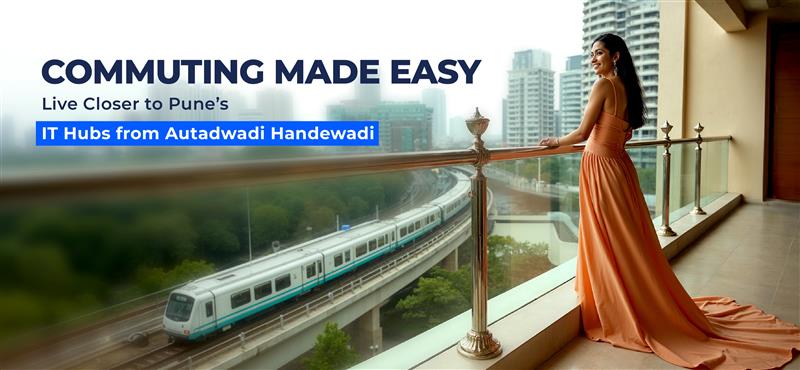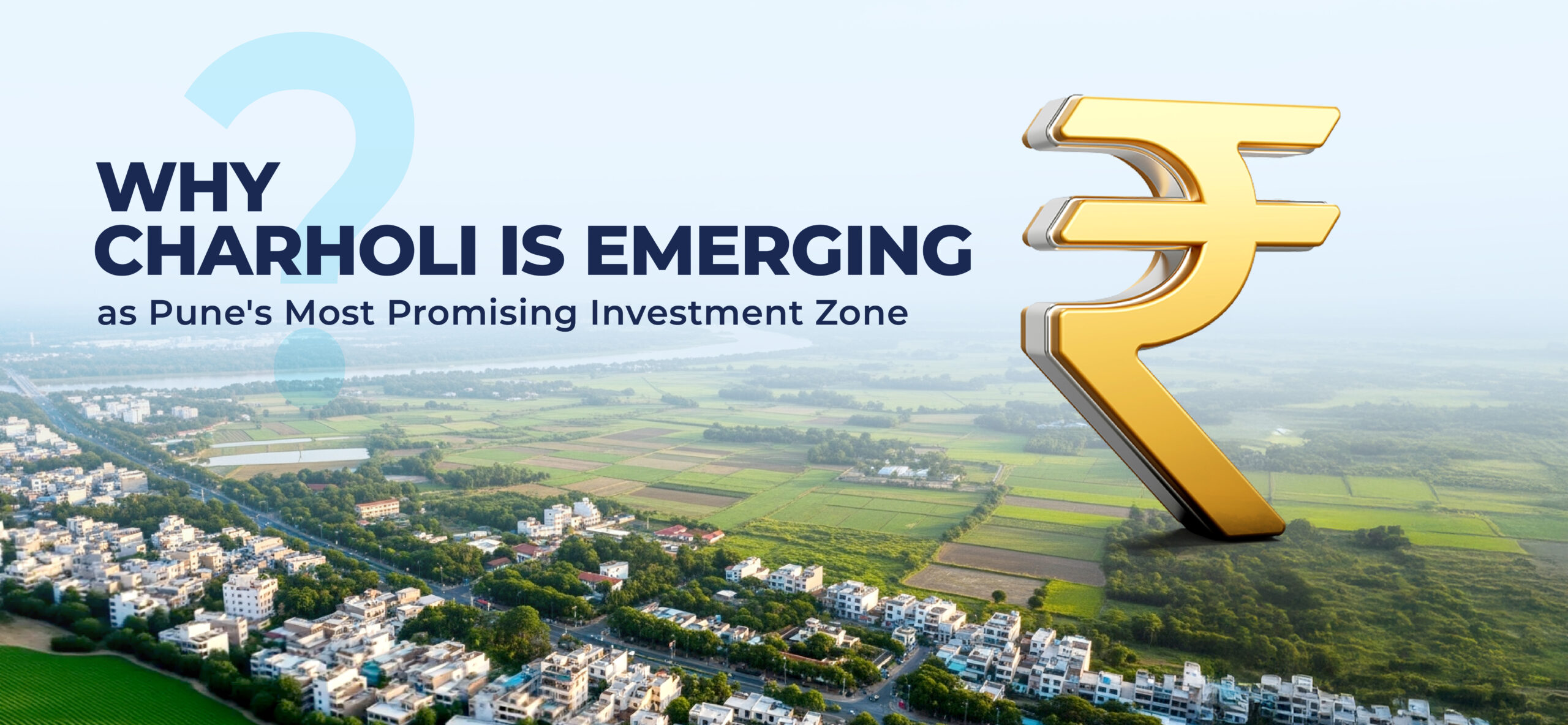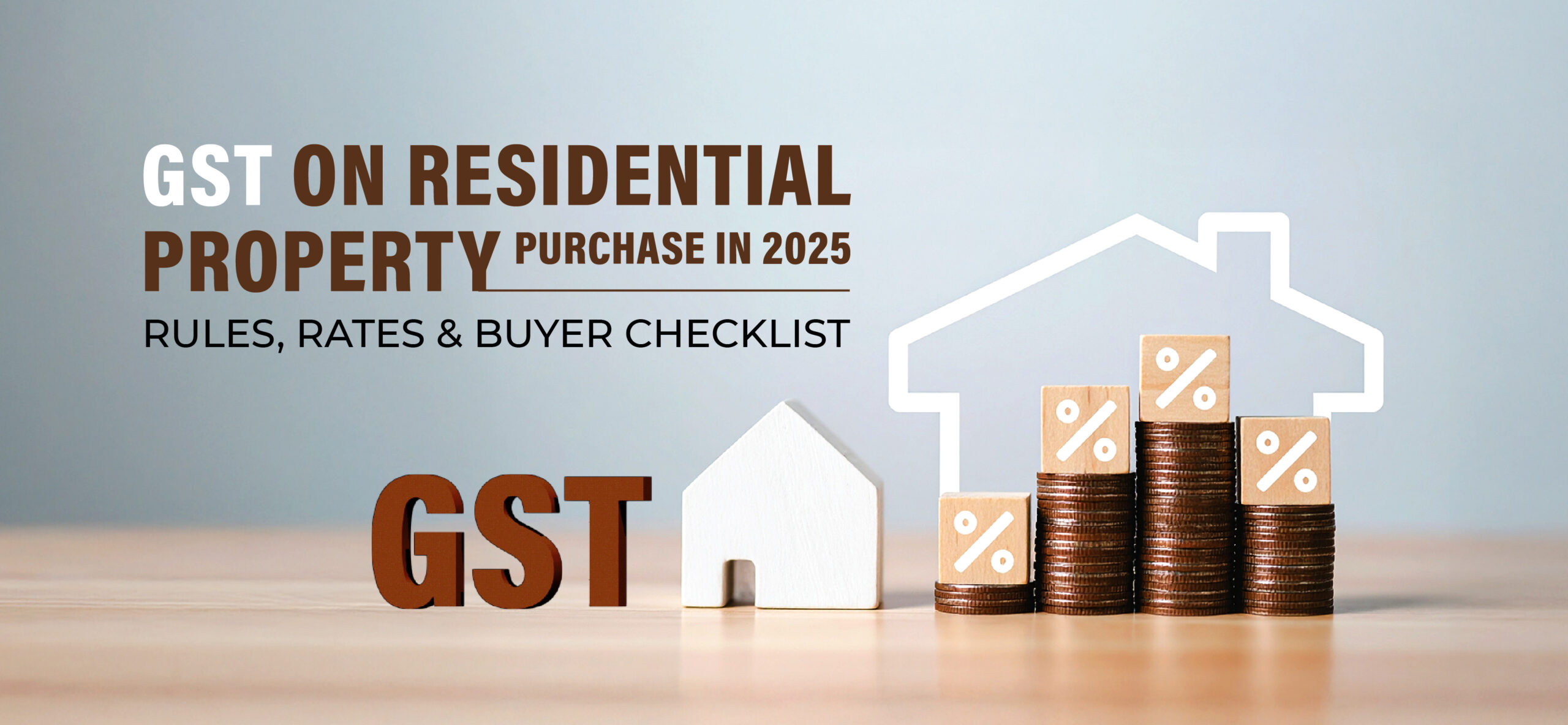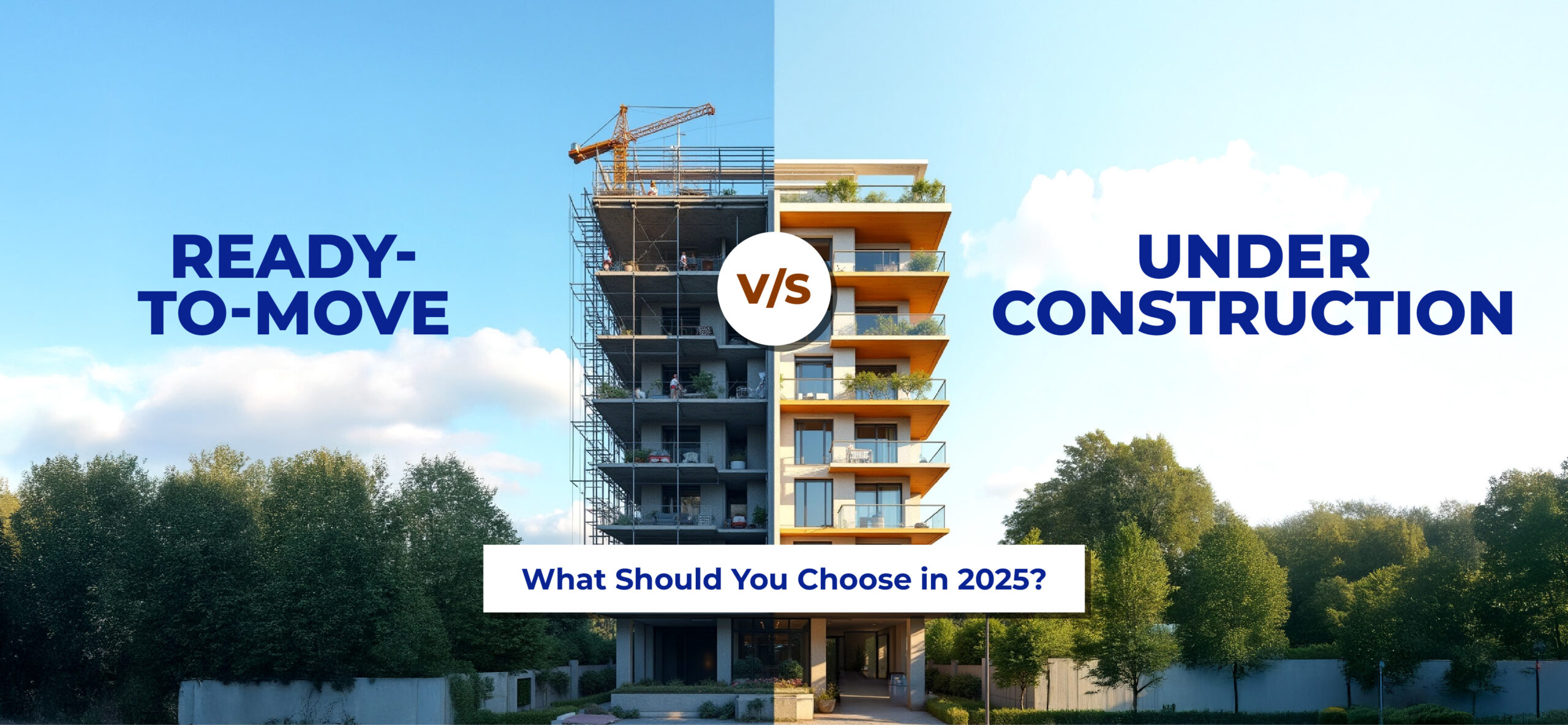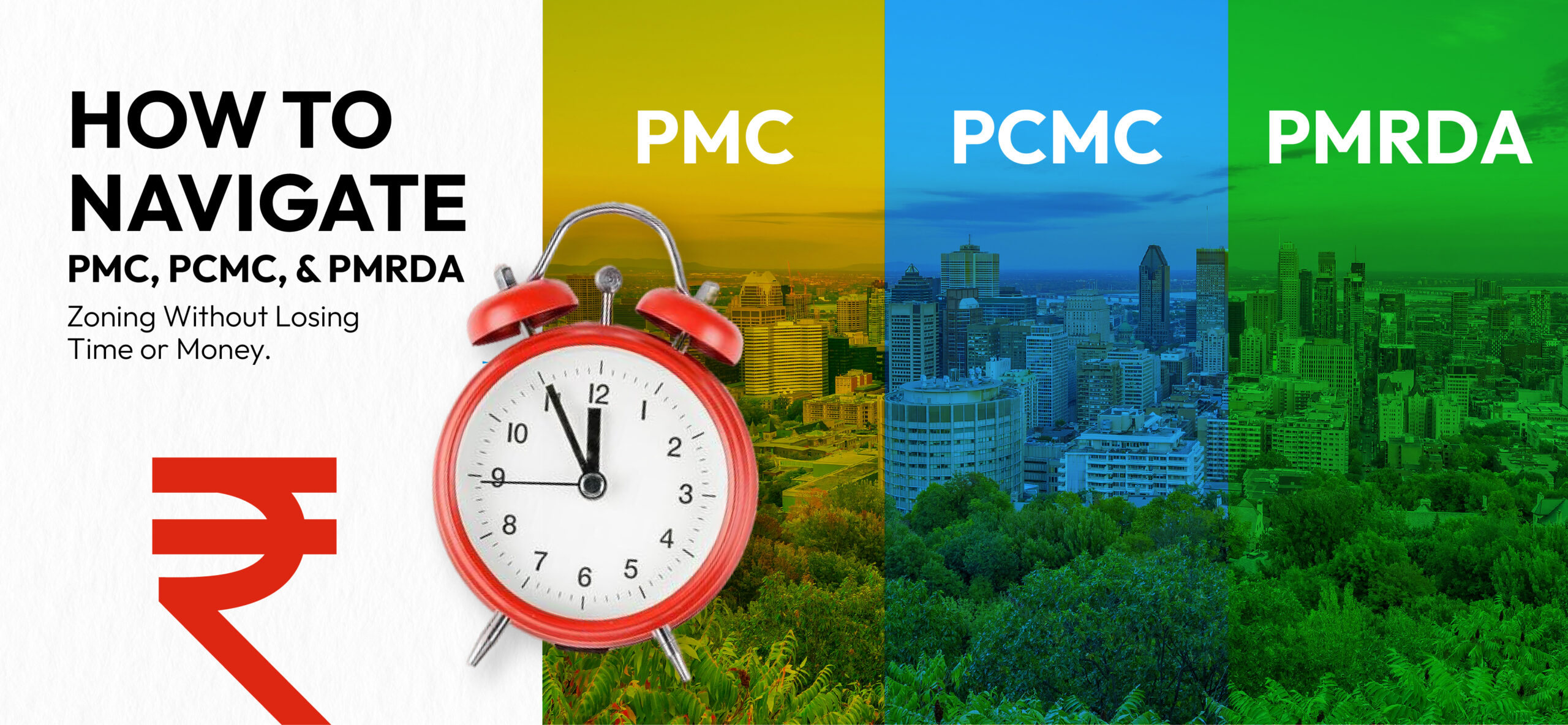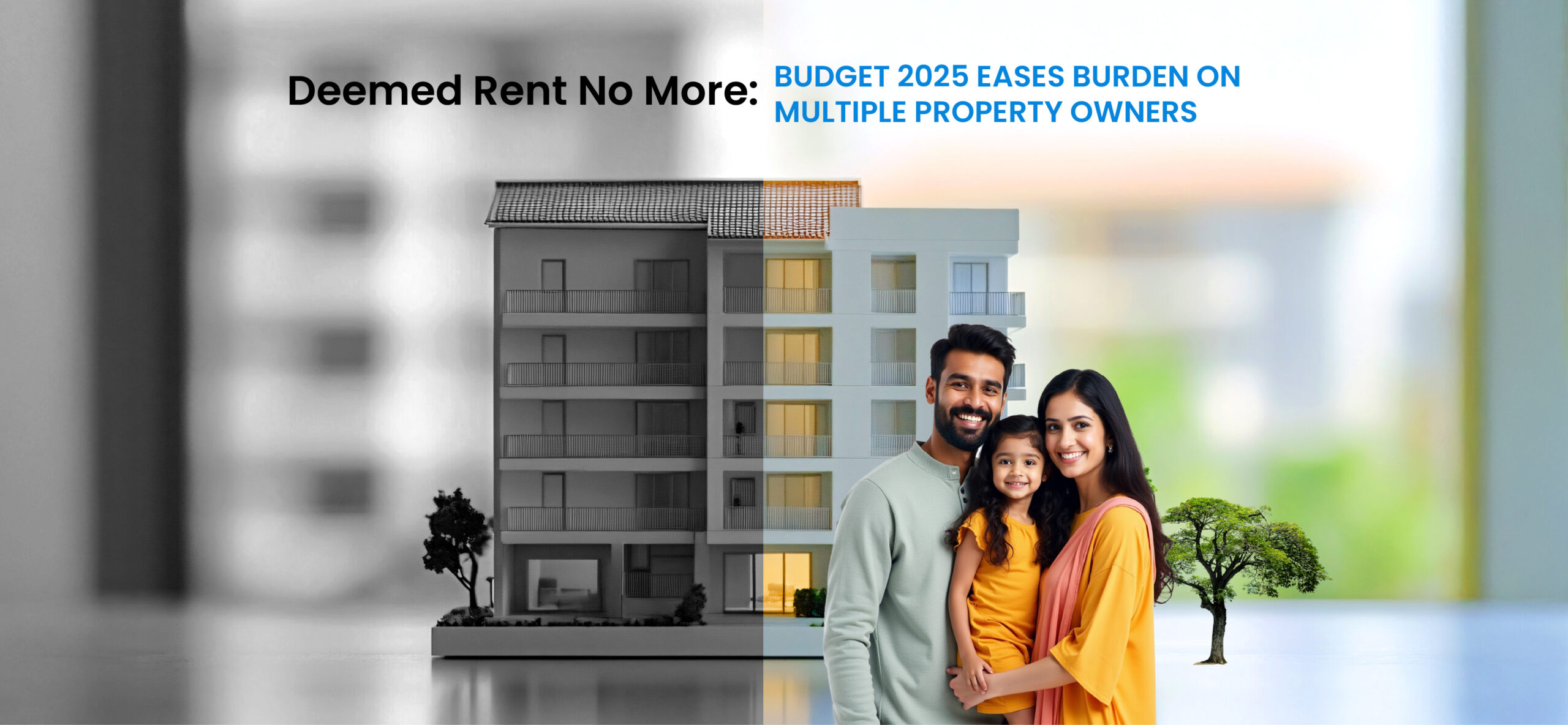If you work in Magarpatta, Hadapsar, or nearby IT areas, your daily commute can be the most hectic and stressful part of your day. Long hours stuck in traffic eat into personal time, leave you drained, and make work-life balance harder to maintain. Even a slight reduction in travel distance can save you hours every week, which is why the choice of location matters.
Autadwadi-Handewadi sits strategically close to Magarpatta, SP Infocity, and Hadapsar, giving residents a significant advantage over those commuting from farther parts of Pune. With direct roads like Handewadi Road and Hadapsar-Saswad Road, commuting becomes simpler, whether you use office shuttles, rickshaws, or PMPML buses. For IT professionals who want convenience without paying a premium, this area hits the sweet spot. Choosing a 2 BHK Handewadi instead of a 2 BHK Hadapsar home means you save on costs without compromising much on your daily commute.
Commute Snapshot
Here’s a quick look at how Autadwadi-Handewadi cuts travel time to key IT hubs:
| Place | Distance | Time (off-peak) | Time (peak) |
|---|---|---|---|
| Magarpatta | ~5 km | 8 min | 15 min |
| SP Infocity | ~3 km | 6 min | 10 min |
| Hadapsar | ~3 km | 5 min | 8 min |
Source: Google Maps
Even during peak hours, travel remains manageable, making it convenient for daily commuting. With distances like ~5 km to Magarpatta and ~3 km to SP Infocity, these flats near Magarpatta give you a clear advantage over longer commutes.
Road & Transport
Handewadi Road and Hadapsar-Saswad Road connect Autadwadi-Handewadi directly to Magarpatta, SP Infocity, and Hadapsar. Daily commuting is simple thanks to multiple options.
Residents have several convenient ways to get to work:
- Office Shuttles: Most IT companies in Magarpatta, SP Infocity, and Hadapsar provide dedicated shuttles. They run frequently, especially during peak hours, ensuring you can travel comfortably without worrying about traffic.
- PMPML Buses: Public transport is reliable, with multiple bus routes passing through Handewadi Road and connecting to Hadapsar and Magarpatta. This is a cost-effective choice for those who prefer a regular schedule.
- Rickshaws and Taxis: For short-distance or last-mile connectivity, rickshaws and taxis are abundant. They offer flexibility in timing and routes, perfect for reaching office entrances or nearby metro stations once they are operational.
- Private Vehicles: Many residents prefer two-wheelers or cars, taking advantage of well-maintained roads. The direct connectivity reduces fuel costs and travel stress compared to longer commutes from farther parts of Pune.
With multiple travel modes and direct roads, moving around daily is hassle-free. Whether you prefer PMPML buses, office shuttles, or rickshaws, these routes make 2 BHK Handewadi homes highly convenient for IT professionals.
Future Metro
Pune Metro Phase-II is set to expand in the Hadapsar and Magarpatta corridor. Once operational, it will reduce travel time significantly, giving Autadwadi-Handewadi residents a faster and more reliable commuting option.
Here’s what this means for daily travel:
- Shorter Commutes: Metro trains will bypass traffic, cutting peak-hour travel times to IT hubs like Magarpatta, SP Infocity, and Hadapsar. Residents can plan their day without worrying about congestion.
- Last-Mile Connectivity: Metro stations will be supported by feeder buses, auto-rickshaws, and pedestrian-friendly pathways. This ensures smooth access from your doorstep to the nearest station.
- Consistent Timings: Unlike road transport, metro travel is largely unaffected by weather or traffic jams, providing predictable travel schedules for professionals.
- Boost to Real Estate: Areas near metro stations historically see increased demand. Early buyers in Autadwadi-Handewadi may benefit from rising property values as metro connectivity improves.
- Enhanced Lifestyle: Reduced commute times mean more time for work-life balance, leisure, and family activities, making Autadwadi-Handewadi a practical choice for IT professionals.
This upcoming connectivity will make the Autadwadi 2 BHK price even more attractive as the area becomes a hotspot for buyers seeking convenience and growth. With metro access on the horizon, living here combines efficiency, affordability, and future-ready infrastructure.
Why 2BHKs Here Make Sense
Living close to work has obvious benefits, and choosing a 2 BHK Handewadi home maximises them. Autadwadi-Handewadi offers the perfect balance of convenience, affordability, and future growth, making it ideal for IT professionals who want more than just a home—they want a lifestyle that saves time and reduces stress.
Here’s why investing in a 2BHK here makes sense:
- Save time every day: Shorter commutes to Magarpatta, SP Infocity, and Hadapsar mean less time stuck in traffic and more time for family, hobbies, or relaxation. Even during peak hours, travel is manageable, giving residents an edge over those living farther away.
- Affordable options: With properties ranging from ₹45–80 L, a 2 BHK Handewadi or 2 BHK Hadapsar is accessible for IT professionals and first-time homebuyers. Checking current listings for Autadwadi 2 BHK price shows strong value compared to similar properties farther from work hubs.
- Work-life balance: Living near your workplace reduces daily stress, so you can maintain a healthier lifestyle. These homes are perfect for IT professionals who want to combine career growth with personal well-being without compromise.
- High rental demand: Proximity to IT hubs and upcoming metro access make these properties attractive for rental income. Whether you plan to stay long-term or invest, demand remains strong.
Choosing these homes also means you’re investing in a neighbourhood that is well-connected now and set to grow in value. Whether it’s modern infrastructure, easy transport, or community amenities, the advantages multiply over time.
With convenience, affordability, and strong future potential, flats near Magarpatta in Autadwadi-Handewadi are a smart choice. For anyone looking to maximise time, comfort, and return on investment, a 2 BHK here checks all the boxes.
Conclusion
Autadwadi-Handewadi combines affordability, connectivity, and future-ready infrastructure. Short commutes mean less stress and more personal time, allowing residents to focus on work, family, and personal interests. The area’s strategic location near Magarpatta, SP Infocity, and Hadapsar ensures that daily travel is quick and predictable, whether you use office shuttles, rickshaws, or public transport.
The neighbourhood is well-connected by major roads like Handewadi Road and Hadapsar-Saswad Road, making it easy to reach offices, shopping areas, and schools. With Pune Metro Phase-II set to expand through this corridor, commuting will become even faster, and property demand is likely to rise.
For IT professionals looking for affordable housing without compromising on convenience, Autadwadi-Handewadi offers a balanced solution. Prices for 2 BHK Handewadi and 2 BHK Hadapsar homes remain reasonable, yet the area promises growth potential and strong rental demand.
Whether you are buying your first home, upgrading, or investing, this neighbourhood meets both lifestyle and financial goals. For more detailed analysis of areas and locations with fully verified listings, look for your ideal property on BeyondWalls. Get trusted assistance backed by 15+ years of dedicated real estate expertise.

